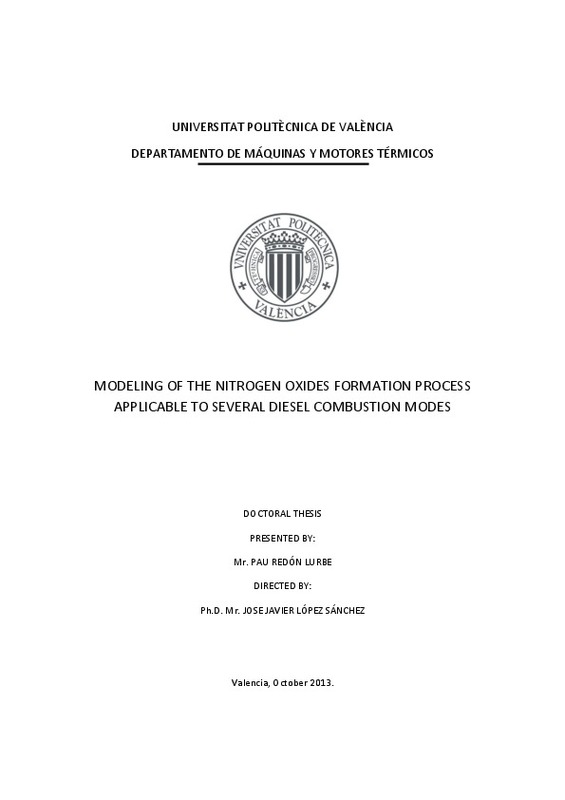|
Resumen:
|
Spray ignition and flame stabilisation in the frame of diesel-like combustion conditions combine fundamental and complex physical and chemical processes. In this work, a numerical investigation has been performed to evaluate ...[+]
Spray ignition and flame stabilisation in the frame of diesel-like combustion conditions combine fundamental and complex physical and chemical processes. In this work, a numerical investigation has been performed to evaluate the potential of integrating detailed chemistry into CFD calculations, in order to improve predictions and gain more insight in involved processes. This work has been carried out using the capabilities of OpenFOAM ©code, which provides an opensource framework for 3D-CFD simulations, including an ODE solver for solving chemical kinetics. As a general methodology, this study is based on simulating free n-heptane sprays injected into a constant volume vessel, corresponding to the conditions of the experimental database provided by Sandia National Laboratories. Calculations results have been compared to experiments, evaluating the effect of a wide range of ambient conditions on spray ignition and combustion characteristics. Specifically, this research checks the performance of some relevant n-heptane oxidation mechanisms found in the literature, with different degree of complexity, for modelling the chemical history of the fuel. The results of this investigation show the relative influence of chemical mechanism on spray/flame structure in terms of ignition delay and also ignition and flame stabilisation sites. The comprehensive mechanism performs generally better than more simplified chemistry models. However, its accuracy is also compromised for modelling advanced diesel-like combustion concepts based on injecting the spray into a low oxygen concentration environment. © 2010 Elsevier Ltd.
[-]
|






![[Cerrado]](/themes/UPV/images/candado.png)



